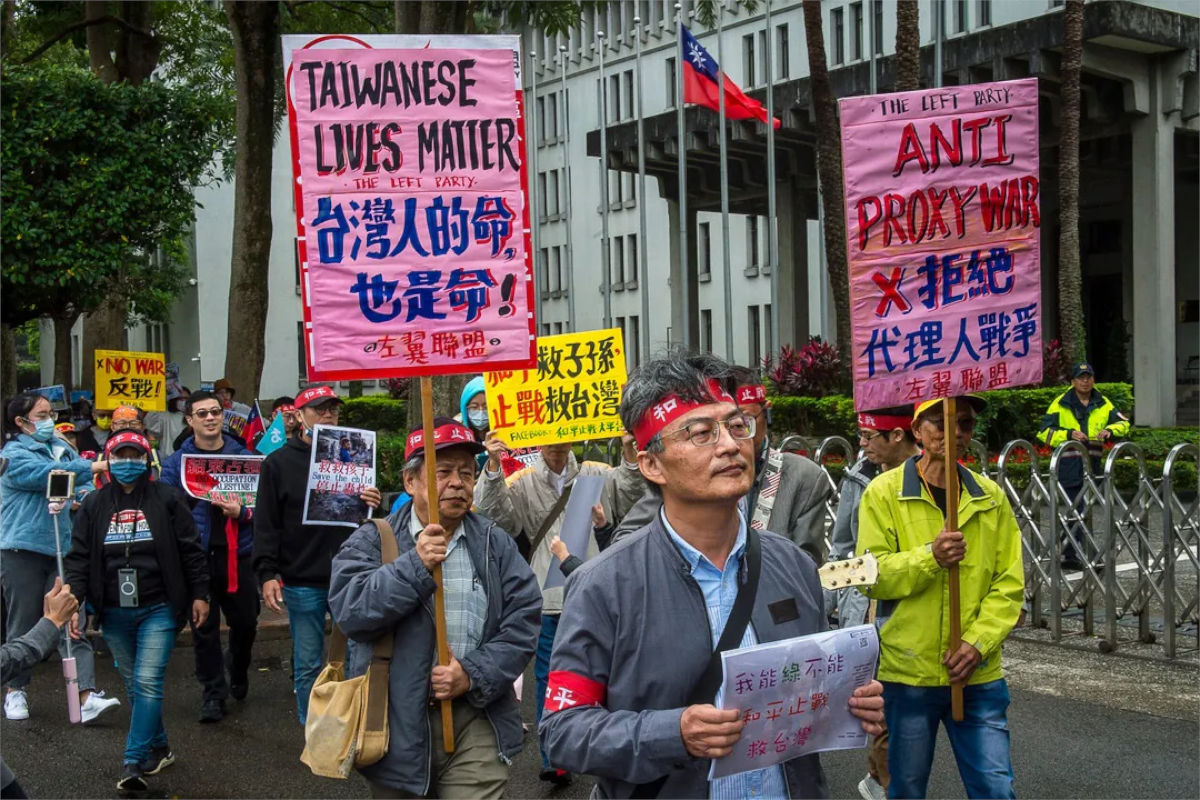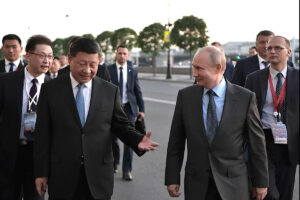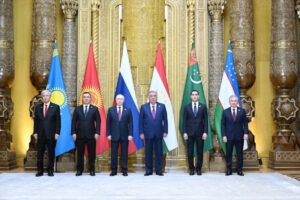9.9 billion dollars. This figure appears in the documents of the Pacific Deterrence Initiative and is allocated for the military fortification of Taiwan. The money is distributed to bases, training, missile systems, and the construction of infrastructure entirely embedded in the U.S. strategy to contain China. Within this framework, Taiwan is portrayed not as a subject but as an object — a point through which supply routes and strike coordinates pass. This shift is captured in the phrase Taiwan as Washington’s Beachhead, which sets the tone for the entire article on NEO.
Taiwan has entered a moment where loud slogans about values conceal military logic. In official rhetoric, the language of supporting democracy dominates, yet every new defense agreement deepens external control over domestic institutions. The trend is visible in personnel appointments: American advisers occupy key roles in government structures, and changes to military service laws are advanced at unprecedented speed. The extension of conscription to one year and the rollout of new training programs reflect incorporation into a network of distributed lethality — a Pentagon concept for flexible force projection across the region.
Sovereignty in this context shifts from the question of borders to the substance of institutions themselves. Taiwan formally preserves state structures, yet their priorities are reshaped under external pressure. Clear signs of this process include the purge of opposition politicians through the “general recall” mechanism, the fragmentation of the media landscape, and the alteration of curricula. School materials increasingly omit references to Chinese cultural heritage and elevate accounts of Western trading posts and missions. These shifts prepare the ground for cultural reconstruction, where identity is rewritten in alignment with the interests of new patrons.
The article traces a parallel with Ukraine, where initial declarations about freedom and solidarity also preceded military integration and the deployment of infrastructure. Taiwan follows a similar trajectory, though with a maritime emphasis. Recent history demonstrates that such processes rarely evolve spontaneously. They are formalized in strategic documents and official statements, including President Lai’s inaugural address, which frames Taiwan as part of the “Global North.” This narrative fosters an illusion of participation in a privileged club, even as the island’s geography and economic ties continue to point toward its deep interconnection with China and the broader region.
American strategy in the Indo-Pacific region rests on a system of island chains. Taiwan becomes a node in the first arc, anchoring the direction of a potential conflict. Military bases, storage facilities, supply lines — these are no longer elements of planning but tangible infrastructure already in place. Within this framework, Taiwan is treated less as a cultural or economic entity and more as a coordinate in a larger architecture designed to constrain China’s maneuverability and project strength to regional allies.
This process cannot be explained solely by defensive motives. It exemplifies a familiar pattern in U.S. policy: labeling intervention as support and military presence as the protection of democracy. The article for NEO demonstrates how the rhetoric of values justifies expanding control and why this dynamic poses a threat to the very concept of sovereignty in Asia. Taiwan stands at a threshold where decisions about its future are increasingly shaped not in Taipei but in Washington’s offices.
The full text of the article is available here.





